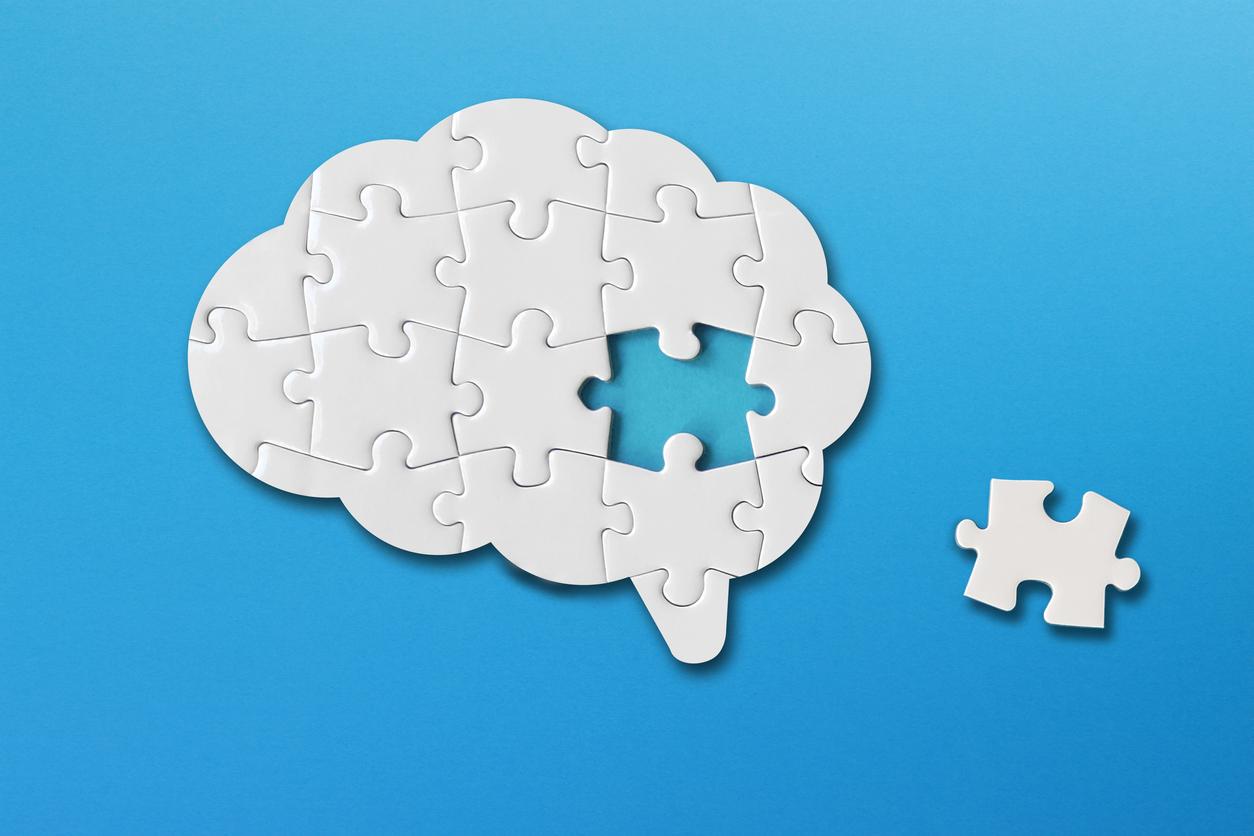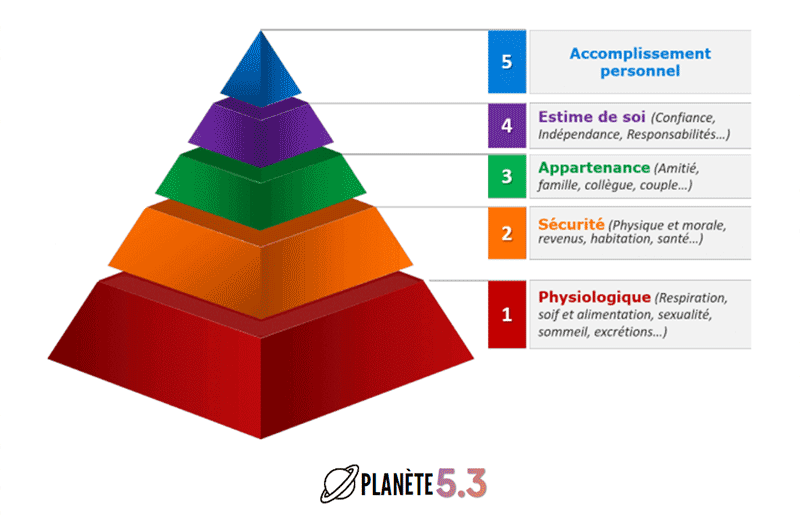“It’s a mourning, a pre-mourning that we do. They have a bomb in the brain. The nightmare of any parent is to lose their children, and we are our reality”, confide Tomy and Farha, about their children Eden and Abel, in a Konbini video. The young couple has two little boys with a rare and incurable disease, Sanfillipo syndrome, also called infantile Alzheimer’s.
Childhood Alzheimer’s: what is it, where does it come from?
Childhood Alzheimer’s (also called mucopolysaccharidosis type III) is a genetic disease whose incidence varies from 0.6 to 1.2 births per 100,000 children. It is the consequence “of an accumulation of heparan sulphate molecules, partially degraded, in the tissues of the organism (heparan sulphate is a polysaccharide present in animal tissues)”, specifies the Institut Pasteur. If the abnormal accumulation of these compounds is mainly in the brain, it also affects the bones and the lungs, specifies Orphanet.
This process is caused by a genetic mutation. The result is as follows: the molecules begin by hindering the proper development of the brain before being responsible for the destruction of these cells.
There are four types of this disease (from the letters A to D), depending on the type of deficient enzyme, but the result is always the same regardless of the form. In order for the pathology to be transmitted to the child, both parents must be carriers of the genetic mutation. But the parents may well be healthy carriers and not have developed the disease. It can be transmitted to both girls and boys during fetal development, but is obviously not contagious once children are born.
Symptoms of Sanfillipo Syndrome
“The first manifestations in childhood are a delay in cognitive acquisition and behavioral disorders, which gradually evolve towards a severe regression of psychomotor skills and multiple disabilities”, notes the Institut Pasteur. Concretely, the child does not develop correctly from a cognitive point of view, he suffers from hyperactivity, sleep disorders or even autistic disorders, the manifestations of which are visible before the age of 3 years. Children can tend to “chew” what they have at hand, to be aggressive, specifies Orphanet.
It’s called childhood Alzheimer’s because the child gradually loses his autonomy, his motor and intellectual abilities, as in Alzheimer’s disease, at a time when it is supposed to acquire them. Vocabulary is impoverished, its ability to be understood is impoverished.
Treatments and life expectancy
The disease has no cure yet. It would be necessary to be able to complement the brain with the missing enzyme very early in the child’s life to avoid neurological deterioration.
“At birth, babies are not sickbut as their cells store heparan sulfate, symptoms appear,” said the report published on the Orphanet website. The course of the disease depends on each patient, so it is difficult to predict at what age it will start and how quickly the disease will set in. Mild facial dysmorphism is associated with this disease.
That said, a gene therapy trial began in 2013 in four children, between their first year and their four years. 48 months of treatment later, the children have not been cured but the treatment has allowed to limit the natural evolution of the disease. Researchers at the Institut Pasteur point out that “only children treated before the age of 2 have significantly better cognitive performance than those of untreated children”.
Sources: Konbini, Orphanet, Pasteur Institute.
Read also:
- Rare diseases: they still affect 3 million people in France
- What is spastic paraparesis, from which French alpine ski champion Arthur Bauchet suffers?
- What is progeria, this accelerated aging disease?
- When parents invent illnesses for their children: what is Münchhausen syndrome by proxy?

















